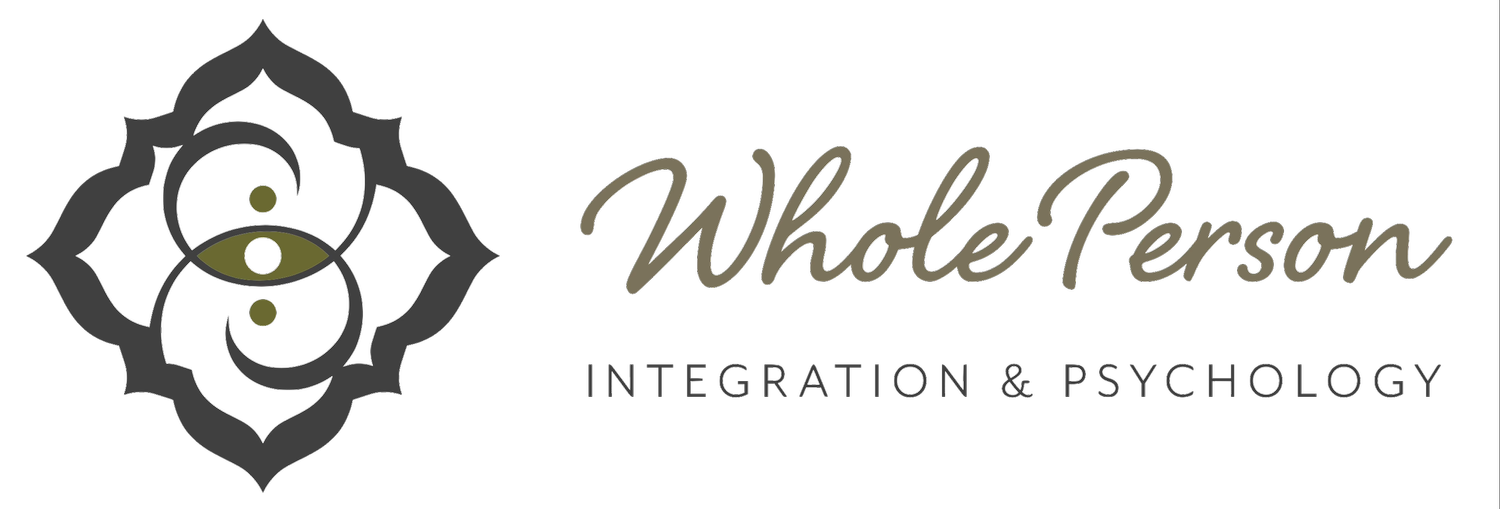Flip the Script to Have More Orgasms, Marin County Sex Therapist says
By: Dr. Denise Renye
A young couple lying in the grass, gazing into each other's eyes, symbolizing intimacy and connection in sexual experiences.
A new study came out that I, as a Marin County sex therapist, find fascinating. The Social Psychological and Personality Science journal found that cisgender women have fewer orgasms when they’re engaged in heterosexual sex because there’s a certain “script” or expectation of what happens during sex based on what they’ve seen in movies, television, or pornography.
The first thing to note is there’s an orgasm gap, meaning similar to a wage gap, there’s a difference between what men experience regarding orgasms versus women. At the top of the list, orgasming 95% of the time during intercourse are heterosexual men. Lesbians orgasm 86% of the time and straight women orgasm 65% of the time. (There are more statistics of course but these are the ones we’re focusing on for the purposes of this blog.)
The orgasm gap has existed for a while and the question is why? I’ll tell you my thoughts as a Marin County sex therapist first and then reveal what this new research found. I think in large part heterosexual men orgasm so much because their orgasms are the “end goal” of engaging in sexual activity. They focus on it and that means an orgasm is more likely to occur.
As a Marin County sex therapist though, I advocate that you reconsider your sex goals from being focused on orgasm to being focused on pleasure. Sex can be enjoyable even if it doesn’t end in an orgasm. This latest research from doctoral candidate Grace Wetzel and colleagues points to orgasm being the “end goal” and further contextualizes why there’s an orgasm gap between heterosexual women and lesbians.
They crafted two online studies, one of heterosexual women and lesbians, the other of bisexual women. In the mixed group of 476 heterosexual women and lesbians, lesbians reported more clitoral stimulation in their sexual encounters, higher orgasm expectations, greater orgasm pursuit, and more orgasms than heterosexual women. I should note though, orgasms were equally important to both groups.
For the bisexual group, the women had the same orgasm pursuit and importance regardless of partner gender, but those partnered with women had higher expectations for clitoral stimulation and orgasms than those partnered with men. In other words, women don’t expect men to stimulate their clitoris, which is sad and astounding considering the clitoris is much bigger than many people realize. It’s not only a pea-sized body part (the glans), it has two 4-inch roots or shafts called crura that reach down from the glans under the labia toward the vagina, mimicking a wishbone in shape.
Wetzel and colleagues say they think women have this low bar for men because of sexual scripts. The average sexual script between a man and a woman includes foreplay, then vaginal intercourse, from which the man orgasms, and then sex ends. Before we get any further, I have a problem with the concept of foreplay.
Foreplay, broken down, means an act that occurs prior to some sort of fun or play. The fun, in this case, is assumed to be intercourse. It assumes the fun has not already begun. But if looks and energy are being exchanged and consensual touching is resulting in pleasure, I hold the stance that the fun has certainly gotten underway. Also, foreplay is heteronormative, which probably isn’t a surprise given the role it plays in Wetzel’s study.
Why are lesbians having more orgasms? Because they’re more likely to engage in nonpenetrative acts and don’t follow the “foreplay, vaginal intercourse, man orgasms, sex ends” script. Wetzel added there could be other factors as well but sexual scripts play at least some part in it.
The solution here, if you want more orgasms, sure, but better yet, more pleasurable sex, is to bring consciousness back to the bedroom. As a Marin County sexologist, I advise everyone to communicate their wants and desires. But also explore…and explore widely, vastly, and wildly…if you so desire. You may have “tried and true” methods of coming but part of the fun with sex is learning new forms of pleasure.
If you would like to explore yourself and deepen your sensual life through a process of vulva gazing, I have a book and meditation for you.
And if you’d like to work together for sex therapy, depth psychotherapy, or holistic coaching, click here.
Journal Prompts
Reflect on your current level of consciousness during sexual experiences. How aware are you of your wants, desires, and boundaries? Consider how improving communication and mindfulness in the bedroom could enhance your overall sexual satisfaction and pleasure.
Journal about any past experiences where you explored new forms of pleasure or sexual activities. How did these experiences impact your overall enjoyment and satisfaction? What did you learn about yourself and your desires through these explorations?
Imagine yourself engaging in a sexual experience where you feel completely free to explore without judgment or inhibition. What new sensations, activities, or fantasies would you like to incorporate? How might embracing curiosity and openness enhance your sexual fulfillment and connection with your partner(s)?
Reference
Wetzel, Grace; Dickman, Kate; Sanchez, Diana T. “The Role of Partner Gender: How Sexual Expectations Shape the Pursuit of an Orgasm Goal for Heterosexual, Lesbian, and Bisexual Women.” Social Psychological and Personality Science. April 4, 2024. https://journals.sagepub.com/doi/10.1177/19485506241235235

